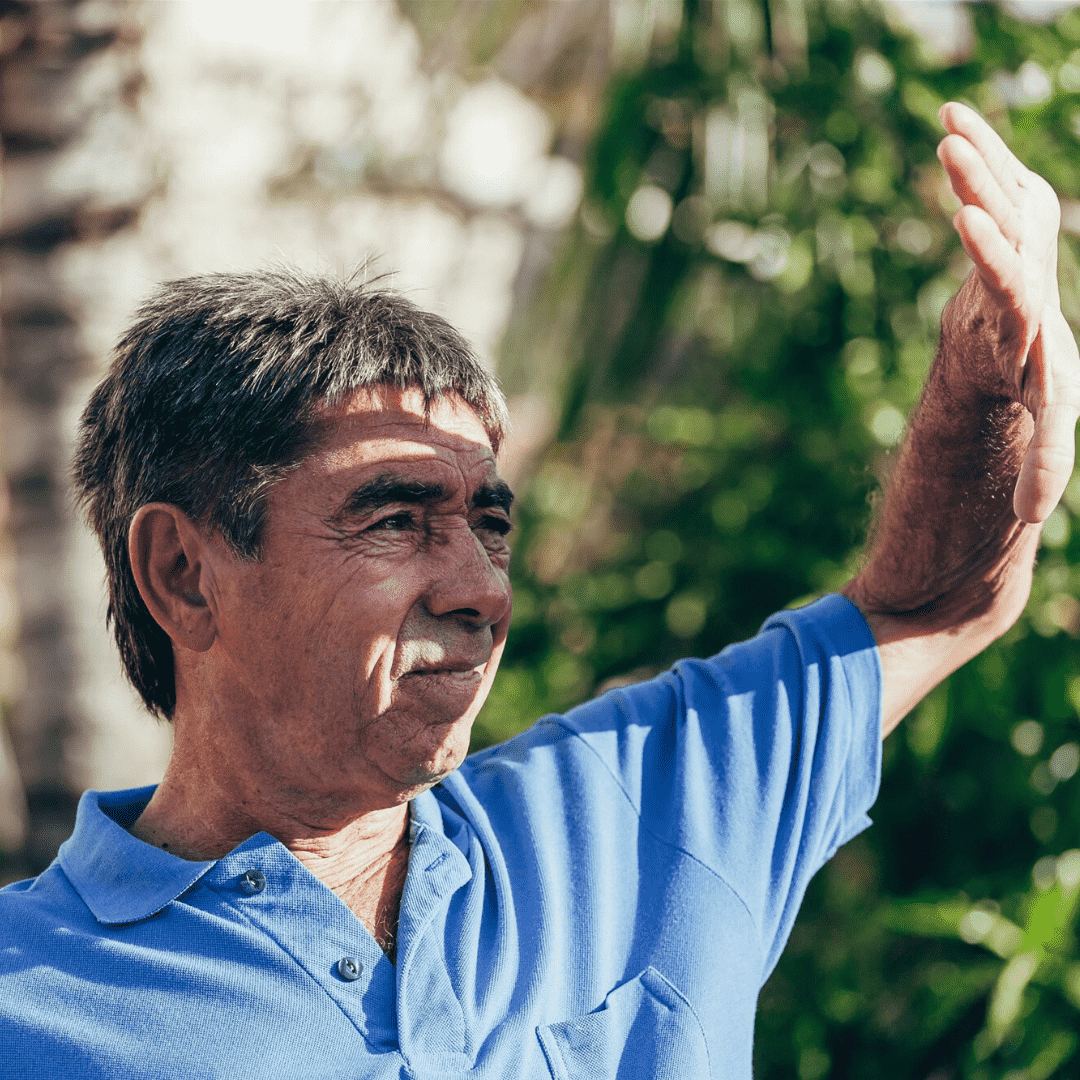Watch This Video
Watch this video to understand your disease better. Know about diabetic retinopathy, Ayurvedic diagnosis, and learn how Ayurveda treats it effectively and naturally.
Diabetic retinopathy is an eye problem caused by high blood sugar levels over a long time. This damages the blood vessels in the retina, leading to blood leaking inside it. This causes swelling and fluid buildup, which affects vision and can lead to blindness. People with diabetes who also have high cholesterol, high blood pressure, and use tobacco or alcohol are more likely to get this condition. Ayurvedic treatment aims to ease symptoms and slow down the disease’s progression. The diabetic retinopathy treatment in Ayurveda focuses on relieving the symptoms of this disease and slowing down its progress.
Diabetic retinopathy is an eye problem caused by high blood sugar levels over a long time. This damages the blood vessels in the retina, leading to blood leaking inside it. This causes swelling and fluid buildup, which affects vision and can lead to blindness. People with diabetes who also have high cholesterol, high blood pressure, and use tobacco or alcohol are more likely to get this condition. Ayurvedic treatment aims to ease symptoms and slow down the disease’s progression. The diabetic retinopathy treatment in Ayurveda focuses on relieving the symptoms of this disease and slowing down its progress.
Table of Contents
ToggleWatch this video to understand your disease better. Know about diabetic retinopathy, Ayurvedic diagnosis, and learn how Ayurveda treats it effectively and naturally.




Primary causes of diabetic retinopathy include:

A thorough retinal examination and a set of investigations help in the diagnosis of Diabetic Retinopathy. Non-proliferative (Initial) and Proliferative Diabetic Retinopathy (Advanced) are two clinical diabetic retinopathy stages. The pathology of dianetic retinopathy revolves around vitiation of all three life-defining doshas – Vata, Pitta, and Kapha. Ayurvedic medicine for diabetic retinopathy can effectively prevent recurrent leakages from the retinal blood vessels. Generally, repeated Panchakarma therapies like Netradhara, Lepa, Tharpana, and others are required to control and improve the condition. A patient pursuing Diabetic Retinopathy Ayurvedic treatment also needs to make some lifestyle changes for effective and permanent treatment of this disease.
Good control of cholesterol, blood pressure, blood sugar, Abstinence from tobacco & alcohol, and good digestion will help delay Diabetic Retinopathy. People undergoing Ayurvedic eye treatment for Diabetic Retinopathy experience vision stabilization, minor improvements in the sight without any invasive treatments like surgery, laser, etc. prevention and a healthy lifestyle are two pertinent pillars of diabetic retinopathy treatment in Ayurveda.
We at Prakash Nethralaya, find the exact dosha imbalance of the patient according to Ayurveda parameters. Strict diet and lifestyle changes are necessary to control the blood sugar levels. Ayurveda oral medicines help to calm down the Pitta and Kapha doshas of the whole body. Ayurveda Netra Kriya Kalpas and Panchakarma therapies pacify the doshas locally. Ayurveda Therapies like Netradhara, Tharpana, Thakradhara, Virechan, Anjana, and Aschyotana are potent therapeutic procedures that can heal the leaking blood vessels. Three weeks of treatment at an Ayurvedic Eye Hospital followed by medicines for about a year stabilizes the condition. The blood clots can reabsorb, and this can prevent further retinal haemorrhages. The nourishing Ayurveda medicines can strengthen the retina and optic nerves, clearing the vision.
50,000+ Patients Successfully Treated
Keeping a check on blood sugar, blood pressure, and cholesterol are some of the effective ways to control diabetic retinopathy.
Ayurveda is the only means to cure diabetic retinopathy naturally. Its therapies and medicines are derived from medicinal herbs that work on the damaged nerves and vessels in the most natural way.
Panchakarma therapies like Tharpana, Netradhara, and Lepa are the best diabetic retinopathy treatment in ayurveda. They work more effectively if the patient adopts the suggested diet modifications and lifestyle changes.
Panchakarma therapies along with diet and lifestyle changes are considered as the best Ayurvedic treatment for diabetic retinopathy. The herbal medicines administered along with these therapies effectively control the symptoms and damage from diabetes. If followed under an experienced doctor’s guidance it cures the diabetic retinopathy permanently.
The diabetic retinopathy treatment in ayurveda can treat the condition to the last extent. The medicines and therapies can control and reverse the damage to a larger extent provided it is not too late to treat the eyes. Patients are advised to start treatment as soon as they are diagnosed with the problem, delays can lead to irreversible damages to the visual power.
Ayurveda helps in improving eye health as it offers natural remedies to support eye well-being and may enhance overall eye function.
Amalaki, Yashtimadhu, Daruharidra and Lodhra are some of the best ayurvedic medicines for diabetic retinopathy. We suggest you to consult to the ayurvedic doctor for the best treatment of diabetic retinopathy.
Understand the root-cause of your problem, and begin your personalized treatment today
Book Video Consultation Now